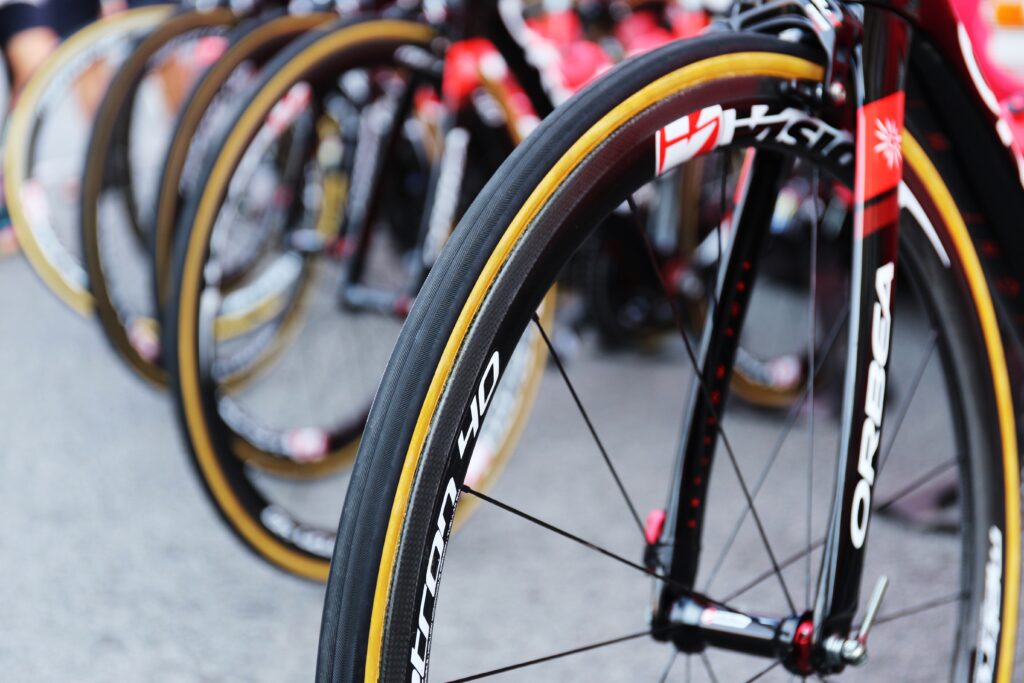If you are a cycling enthusiast, you probably know that having the right bike tire size is essential for a smooth and comfortable ride. But how do you measure your bike tire size, and what does it mean?
In this blog post, we will explain everything you need to know about bike tire size, including how to find it, how to read it, and how to find the best one for your bicycle and your riding style.
You will also learn why bicycle tire size matters for your cycling performance and safety and how to avoid common mistakes and problems that can arise from using the wrong tire size. Read on to discover how to measure bike tire size and enjoy your cycling adventures to the fullest.
Why Knowing Your Bike Tire Size Matters
Knowing the size is essential for choosing the right tire for your bike and your riding style. The size of your tire affects how your bicycle performs, how safe you are, and how comfortable you are on the road or trail.
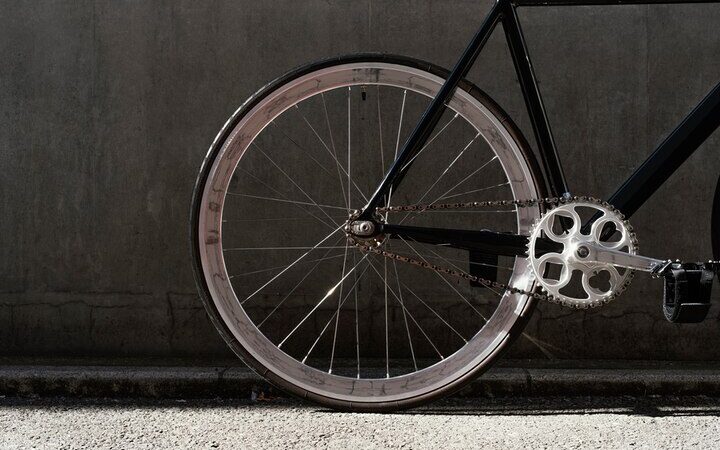
A tire that is too big or too small for your wheel can cause problems like tire rubbing, poor handling, and an increased risk of flats or punctures. A tire that is too narrow or too wide for your preferences and needs can affect your speed, traction, and stability.
Therefore, you should always check your bike tire size before buying a new tire.
Tools Needed for Measurement
To measure the size of your bicycle tire or any other object, you need some basic tools that can help you get accurate and precise results. It may be necessary for you to use the following tools:
- Measure Tape: A flexible and retractable tool that can measure the length, width, and circumference of objects. A tape measure is useful for measuring curved or irregular shapes, such as bike tires.
- Ruler: A rigid and straight tool that can measure the length and width of objects. A ruler is useful for measuring flat or straight shapes, such as bicycle frames or wheels.
- Caliper: A metal tool that can measure the diameter, thickness, and depth of objects. A caliper is useful for measuring small or detailed shapes, such as bike spokes or valves.
How to Measure Bike Tire Size? Step-by-Step Guide
Follow these steps to learn how to measure the size of a bike tire:
Measurement By Diameter
One of the ways to measure the size of a bicycle tire is by its diameter. The diameter is the distance across the tire from one edge to the other. To measure the diameter of a bike tire, you need to locate the valve stem, which is the metal or plastic part that you use to inflate the tire.

The valve stem is usually located near the rim of the wheel. Once you find the valve stem, use a tape measure or a ruler to measure the distance from the center of the valve stem to the outer edge of the tire.
This is the radius of the tire. To get the diameter, multiply the radius by two. For example, if the radius is 10 inches, the diameter is 20 inches.
Measurement By Width
Another way to measure the size of a bicycle tire is by its width. The width is the distance from one side of the tire tread to the other. Tire treads are the areas of the tire that make contact with the ground.
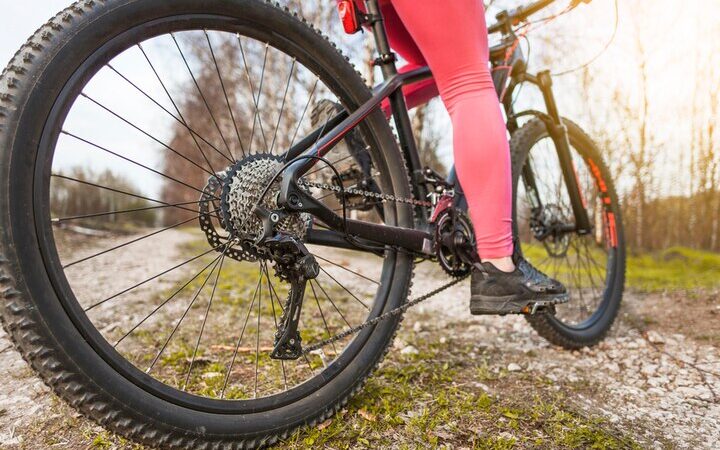
To measure the width of a tire, you need to identify the widest point of the tire, which is usually near the middle. Then, use a tape measure or a ruler to measure the distance from one side of the tire tread to the other.
This is the width of the tire. For example, if the distance is 2 inches, the width is 2 inches.
Understanding Tire Size Notation
Bicycle tire size notation is a way of expressing the dimensions and characteristics of a tire. It usually consists of three parts: the tire diameter, the tire width, and the tire type.

For example, a tire size of 700x25C means that the tire has a diameter of 700 millimeters, a width of 25 millimeters, and a type of C, which stands for clincher. Clincher tires are the most common type of tires, which use a wire bead to hook onto the rim.
To buy replacement tires, you need to match the tire diameter and type with your rim and choose a tire width that suits your riding style and preference.
Types of Bike Tires
Bike tires are the part of your bike that touches the ground, so choosing the right type can make a big difference in your ride. There are three main types of bicycle tires: clinchers, tubeless, and tubulars.
- Clincher tires are the most common and easy to use. They have a bead that hooks onto the rim of the wheel and a separate inner tube that holds the air. Clincher tires are cheap, durable, and easy to repair or replace.
- Tubular tires are glued or taped onto the rim of the wheel and have no inner tube. Tubular tires are lighter, faster, and more comfortable than clincher tires, but they are also more expensive, harder to install, and more difficult to fix if punctured.
- Tubeless tires are similar to clincher tires, but they have no inner tube and seal directly onto the rim of the wheel. Tubeless tires are more resistant to flats, offer better traction and control, and can run at lower pressures than clincher tires, but they require special rims, valves, and sealant.
The size of your bicycle tire depends on the size of your wheel and the type of riding you do. Some of the common sizes are 700c for road bikes, 26 inch for mountain bikes, and 29 inch for hybrid bikes.
How to Choose the Right Bike Tire Size for Your Bike?
Choosing the right bicycle tire size for your bike is important for your comfort, safety, and performance.
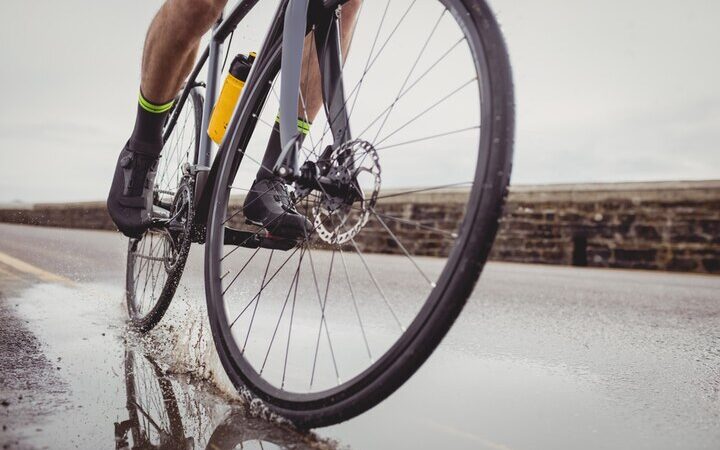
Here are some factors to consider when choosing the right bike tire size:
- Riding Style: Narrow tires are faster on smooth roads, and wide tires are more stable on rough surfaces.
- Terrain: Large tires are smoother on flat or downhill terrain, and small tires are lighter on uphill or mountainous terrain.
- Weather: Tires with more tread or grooves are better in wet or slippery conditions, and tires with less tread or slick are better in dry or sunny conditions.
- Personal Preference: The best bicycle tire size for you depends on your comfort and preference. Try different tire sizes and see how they feel. Ask a bike expert or a bike shop for more help.
When to Replace Your Bike Tires?
Watch out for these signs of wear and tear:
- Cracks, cuts, or bulges on the tire surface or sidewall. These indicate that the rubber is deteriorating and losing its elasticity and strength.
- Flat spots, uneven tread, or bald patches on the tire. These show that the tire is losing its grip and traction on the road or trail.
- Frequent punctures or flats. These suggest that the tire is thinning and becoming more vulnerable to sharp objects or debris.
Can I Put Wider Tires on My Bike?
Wider tires can offer some advantages for your bicycle, such as more comfort, grip, and stability. However, before you decide to switch to wider tires, you need to consider some factors, such as:
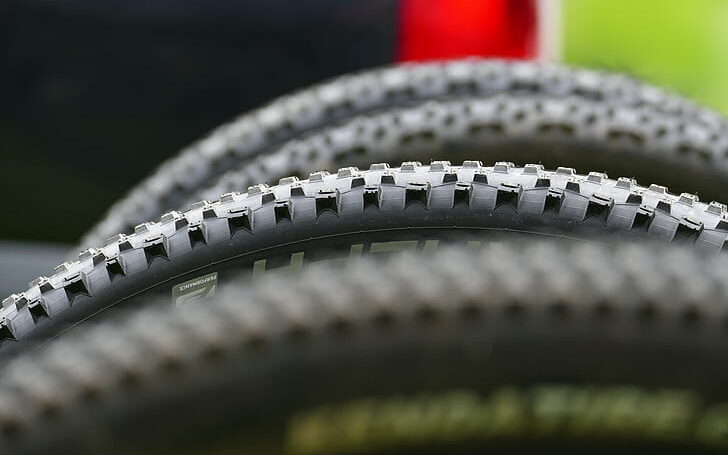
- The compatibility of your bike frame, fork, and rims with the new tire size. You need to make sure that there is enough clearance and no rubbing or interference with the brakes or other components.
- The impact of wider tires on your bike performance, such as speed, aerodynamics, and rolling resistance. You may need to adjust your tire pressure, gearing, and riding style to optimize your efficiency and handling.
Conclusion
Measuring bicycle tire size is not as complicated as it may seem. You just need to know the two numbers that indicate the diameter and width of your tire and how to read them from the sidewall or the rim.
By knowing your bike tire size, you can choose the right replacement tire, tube, or rim for your bicycle, and enjoy a smooth and safe ride. If you found this post helpful, please share it with your friends and fellow cyclists.
You can also visit my website, follow me on social media, or leave a comment below to let me know your thoughts or questions on how to measure bike tire size.
FAQs
Measure bicycle size by height. For 5’5″-5’9″, consider 17-18 inches. Adjust within range for comfort.
Yes, 28-inch and 700C bicycle tires are interchangeable, sharing the same diameter.
1.95 on a bicycle tire refers to the width in inches, influencing grip and stability.
No, 28 and 29 bicycle tires differ slightly in diameter. Check compatibility with your bike frame.

